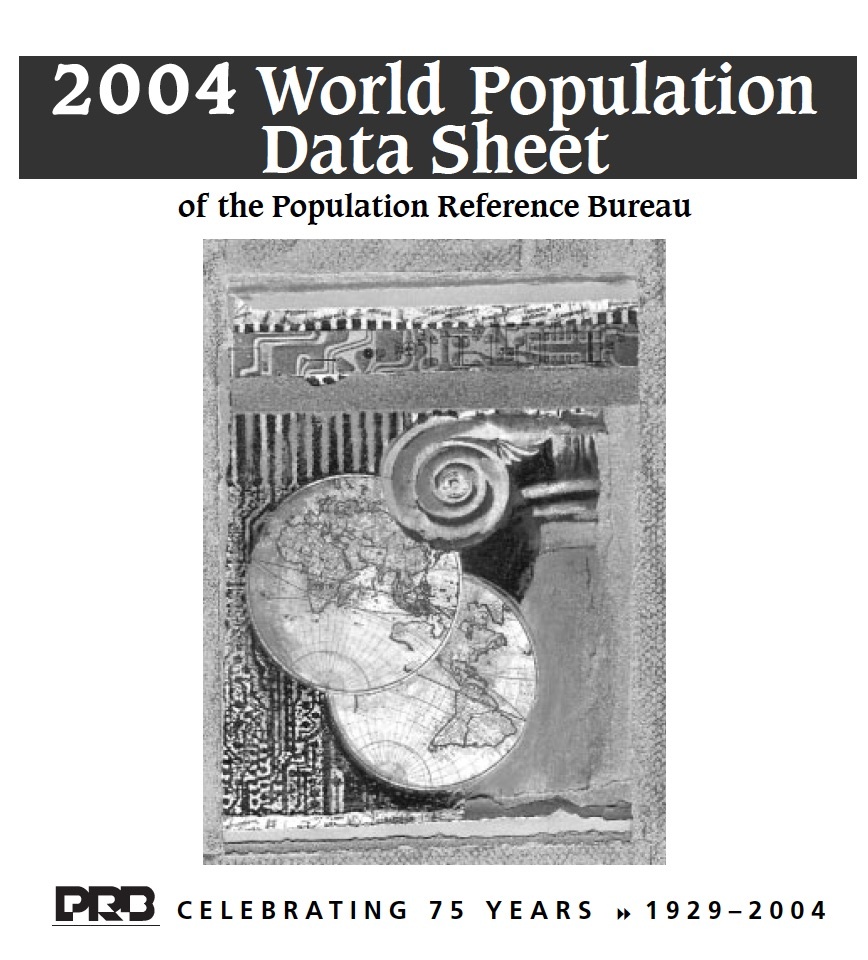27 Search Results Found For : "포항북구섹파찾기(카톡 SECS4)카톡 SECS4 포항북구남여 포항북구중년✯포항북구모임㈔포항북구야한대화 ナ躉 uncertain"
New and Upcoming Contraceptive Technologies
(2010) What are the most promising recent new developments in contraceptive research and implementation? What are current priorities in the research and development of new contraceptives? What are some of the new contraceptive technologies currently in the field?
Use of the American Community Survey in the Context of the Voting Rights Act
When the 2010 U.S. Decennial Census data start to flow in February 2011, the cycle of redistricting always accompanies the release of these data.
Ukraine’s Demographic Reality
(2014) Ukraine, a former republic of the Soviet Union, has undergone a series of dramatic demographic changes since its independence in 1991. Most significant, its birth rate declined sharply following independence, mirroring similar developments in other former Soviet republics.
United Nations Raises Projected World Population
(2013) The United Nations Population Division has just released its comprehensive estimates and projections, World Population Prospects: The 2012 Revision. The results show a larger global population size in 2050, 9.6 billion, up from the 9.3 billion that the UN projected in its 2010 Revision. A major reason for the higher projection is higher fertility (birth rates) in some countries than previously estimated, particularly in Africa. Much of that information comes from recent demographic surveys.

Project: Center for Public Information on Population Research (CPIPR)
Family Life Is More Complicated Than Ever
(2020) The coronavirus pandemic—coupled with ongoing demographic trends—is making family life even more complicated for Americans. Millions of families are at increased risk of falling into poverty due to pandemic-related job losses, and social distancing protocols are separating some children from their parents who live in a different household.

2004 World Population Data Sheet
(2004) The starkly uneven pace of population growth between most developing and industrialized nations represents the world's major demographic fault line. The Population Reference Bureau's just-released 2004 World Population Data Sheet demonstrates that nearly 99 percent of all population increase takes place in poor countries, while population size is static or declining in the rich nations.
